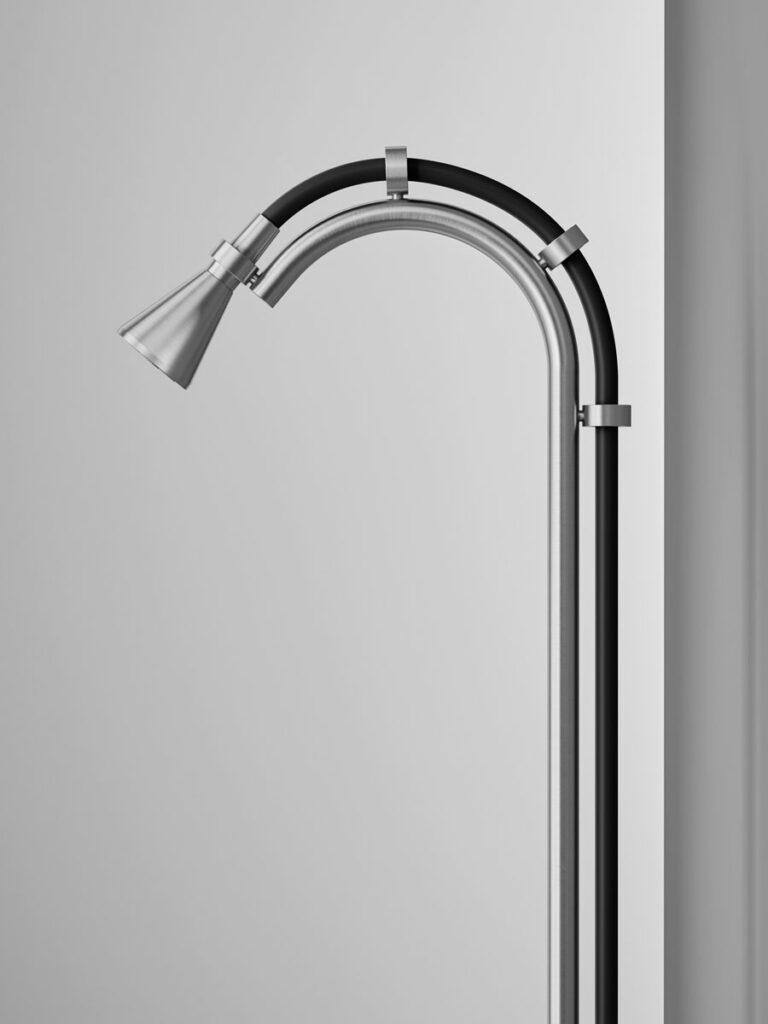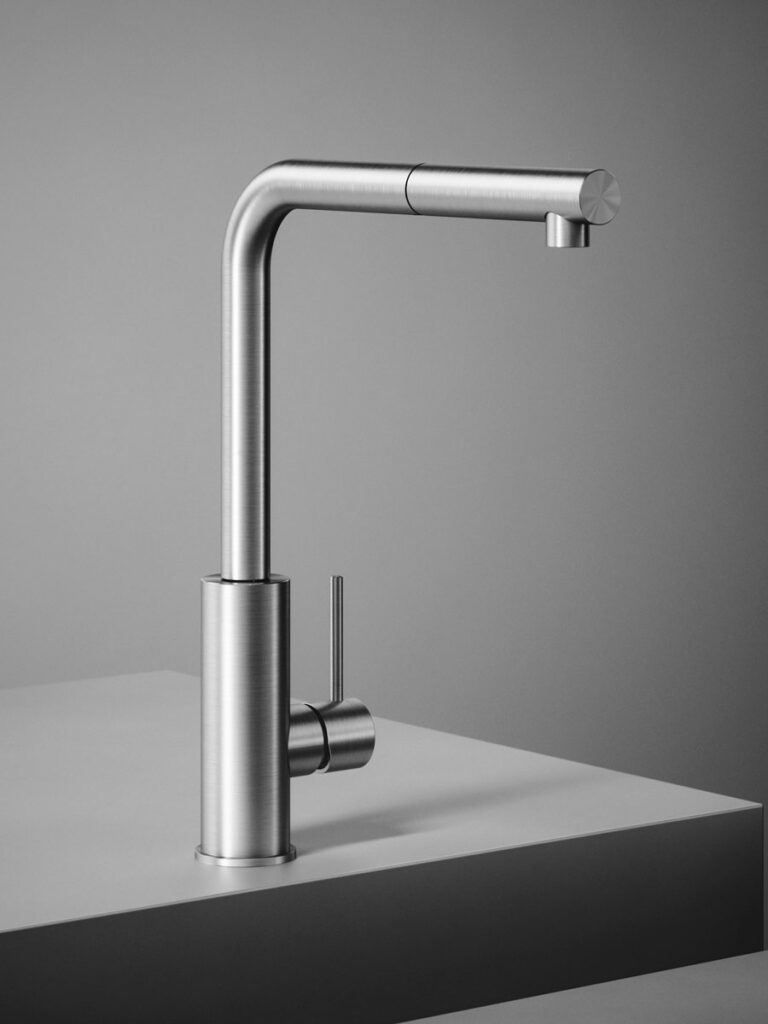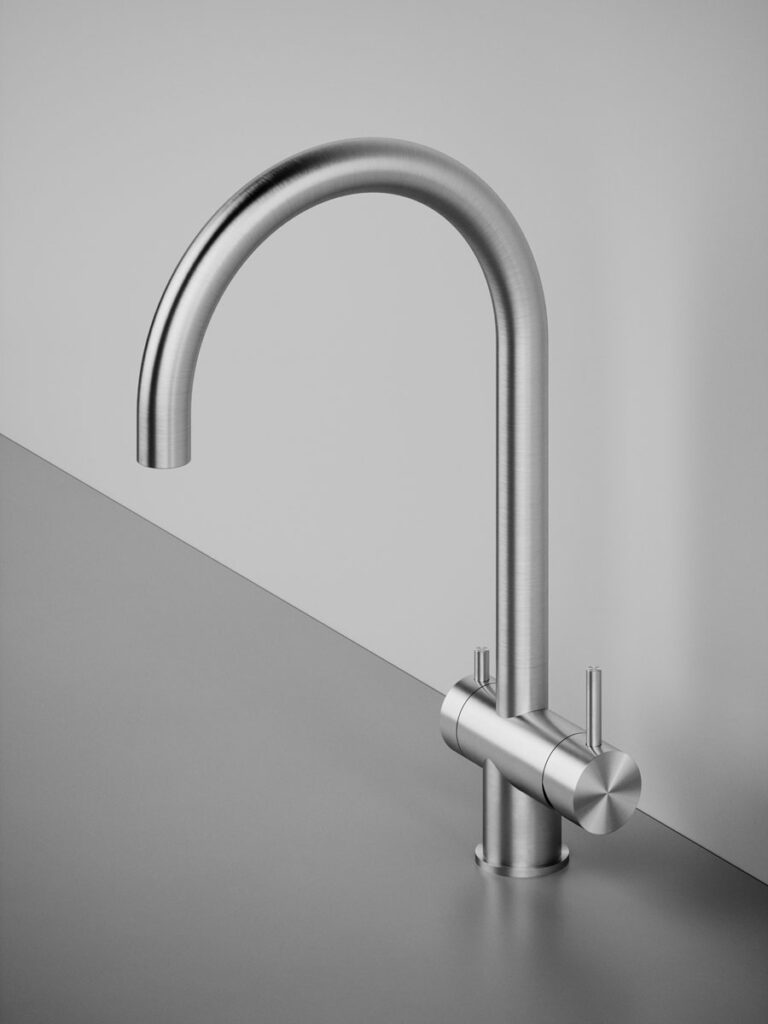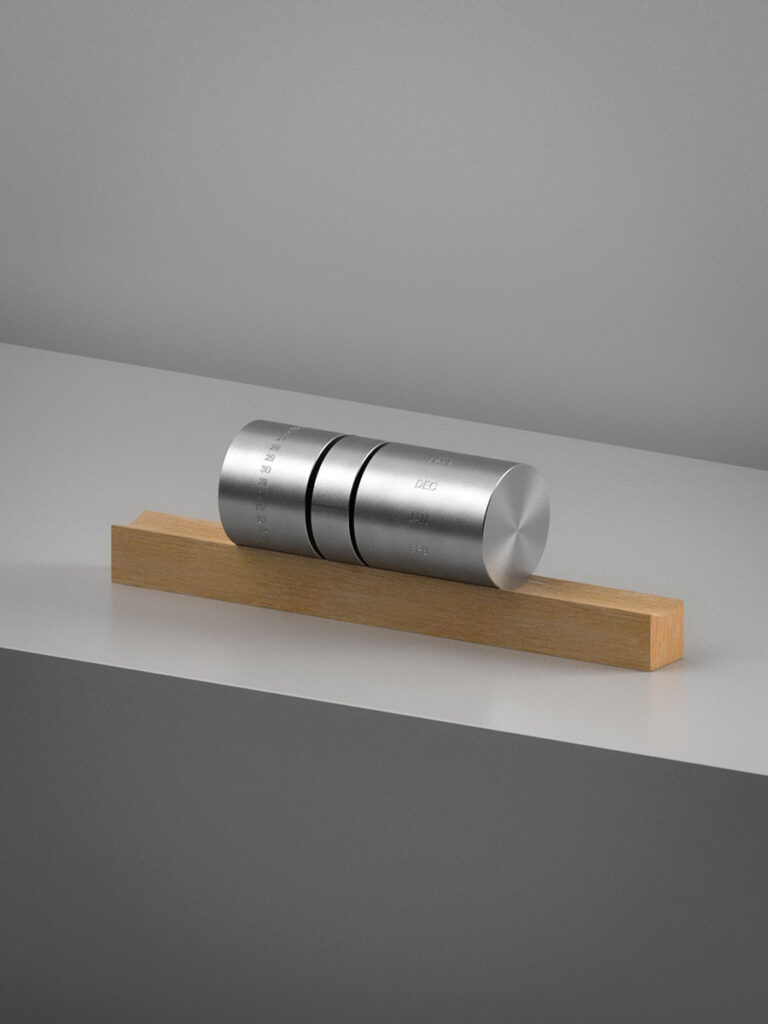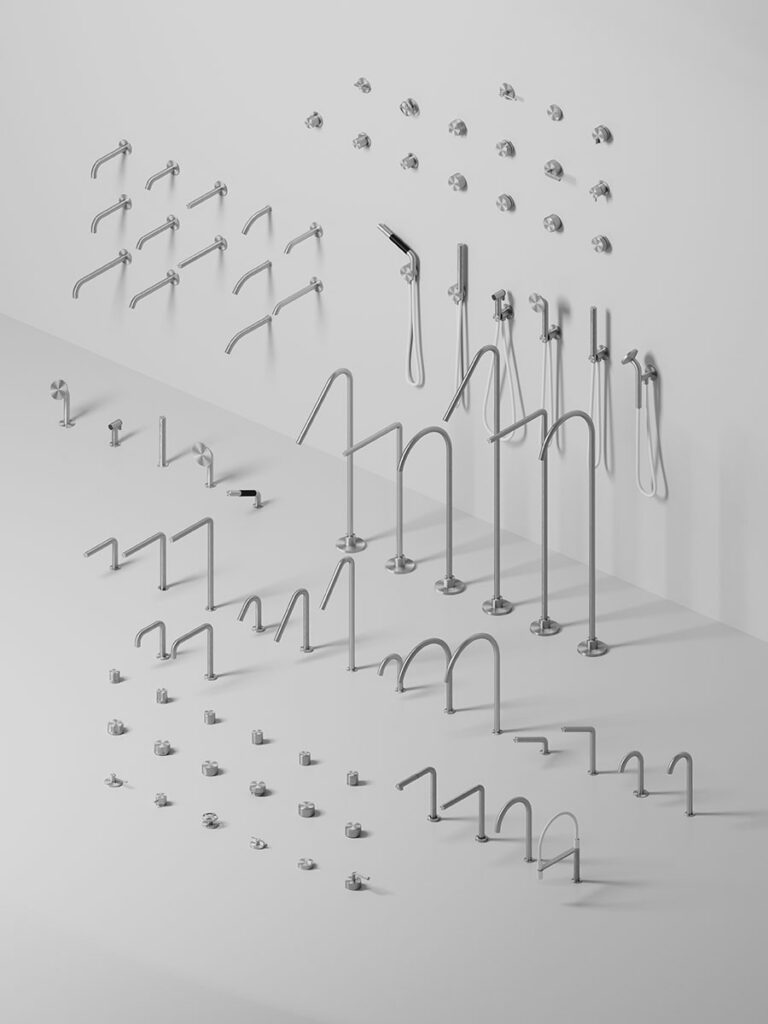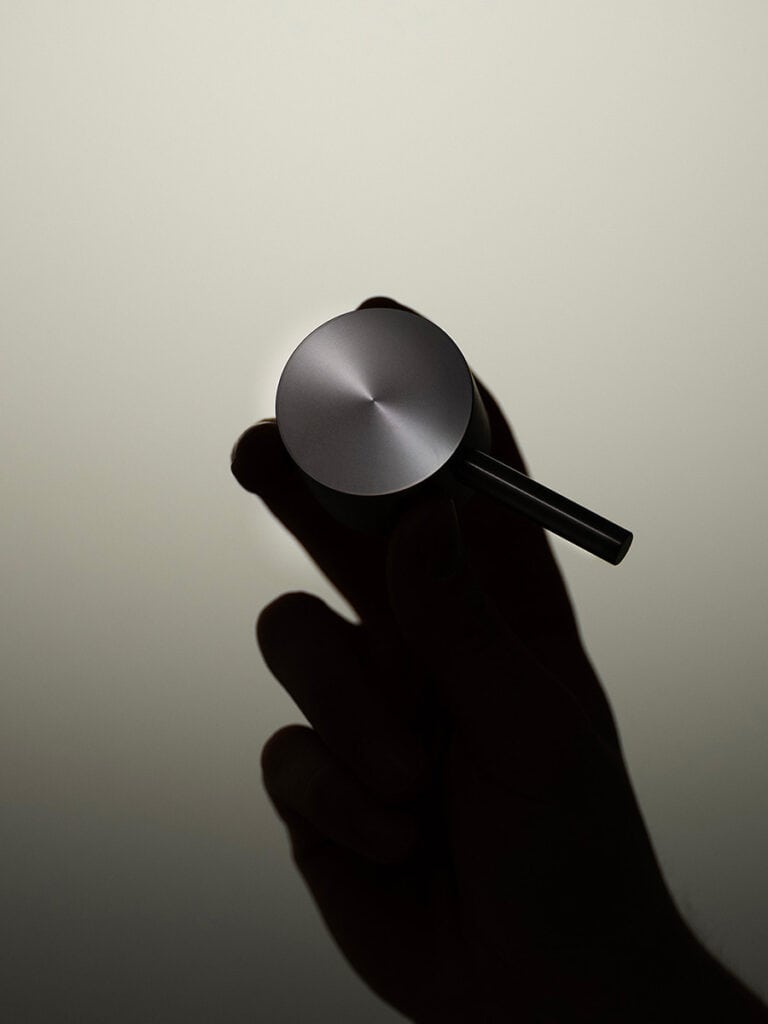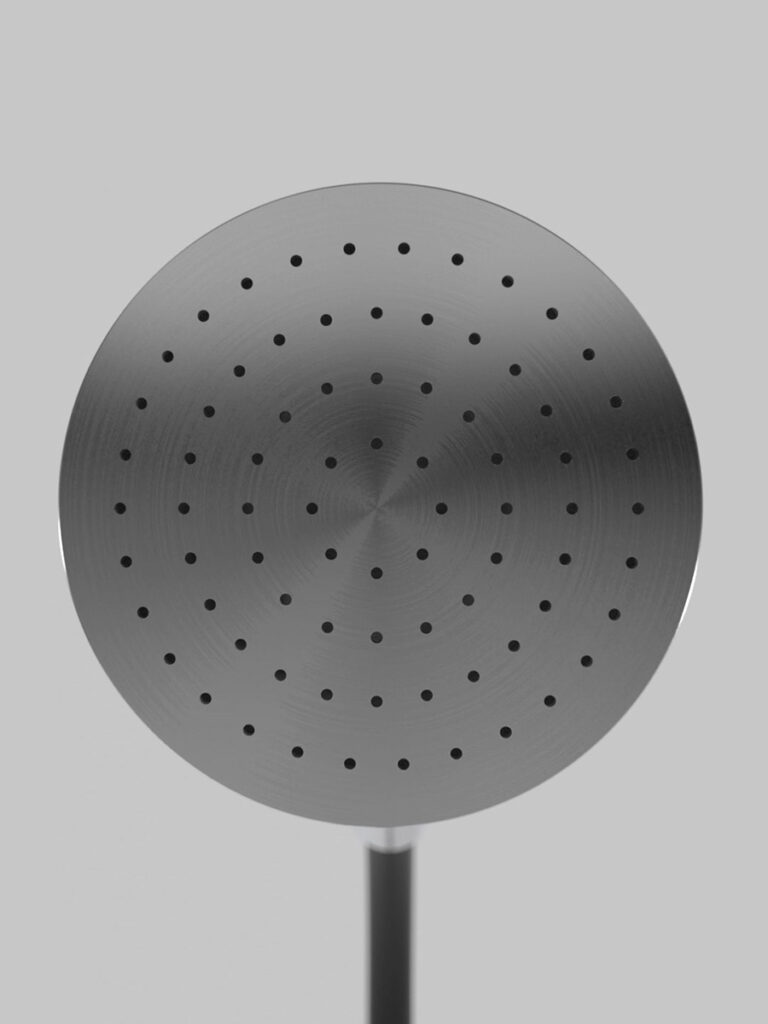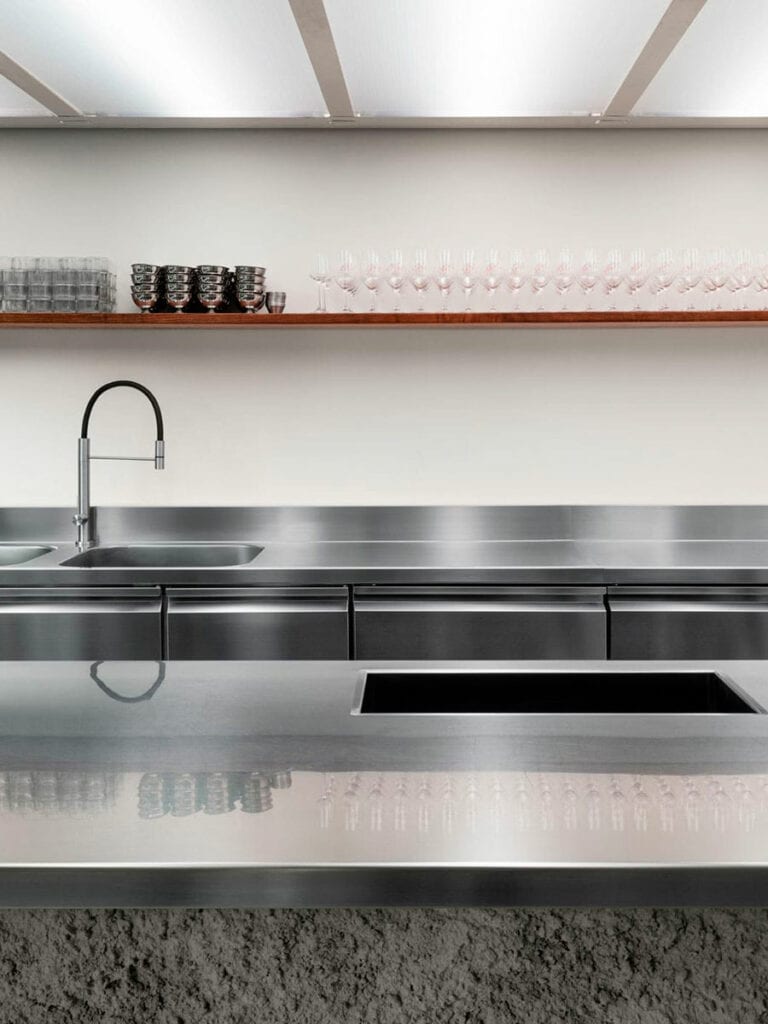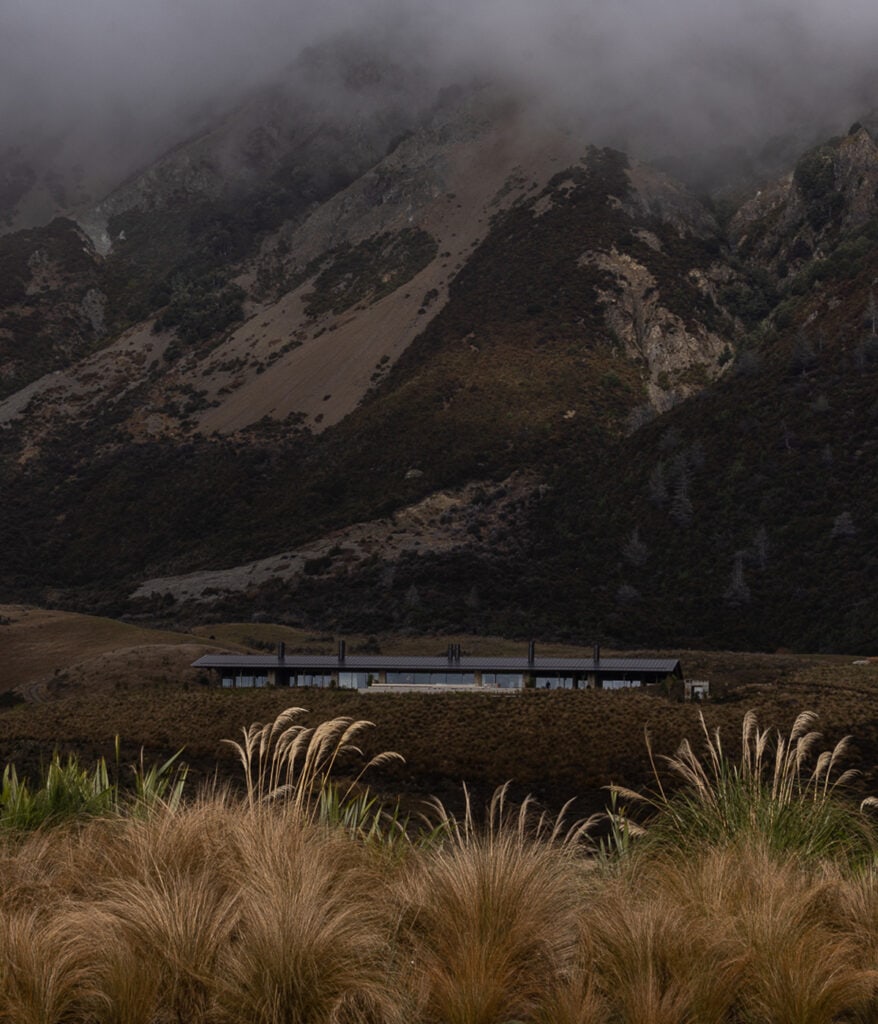Caffé Nazionale by AMAA
The Caffè Nazionale designed by AMAA introjects the city: the renovation of the historic venue in Arzignano is a composite work that draws on existing elements and memories to give life to a brilliant living palimpsest. “The Caffè Nazionale project is a living work that takes hold of existing materials and their histories to generate a new architecture,” stated AMAA. “A first delicate intervention cleared the space of incongruous accretions and stratifications that had concealed its historic fabric over decades. It was a true process of discovery that guided the subsequent stages of the project.”
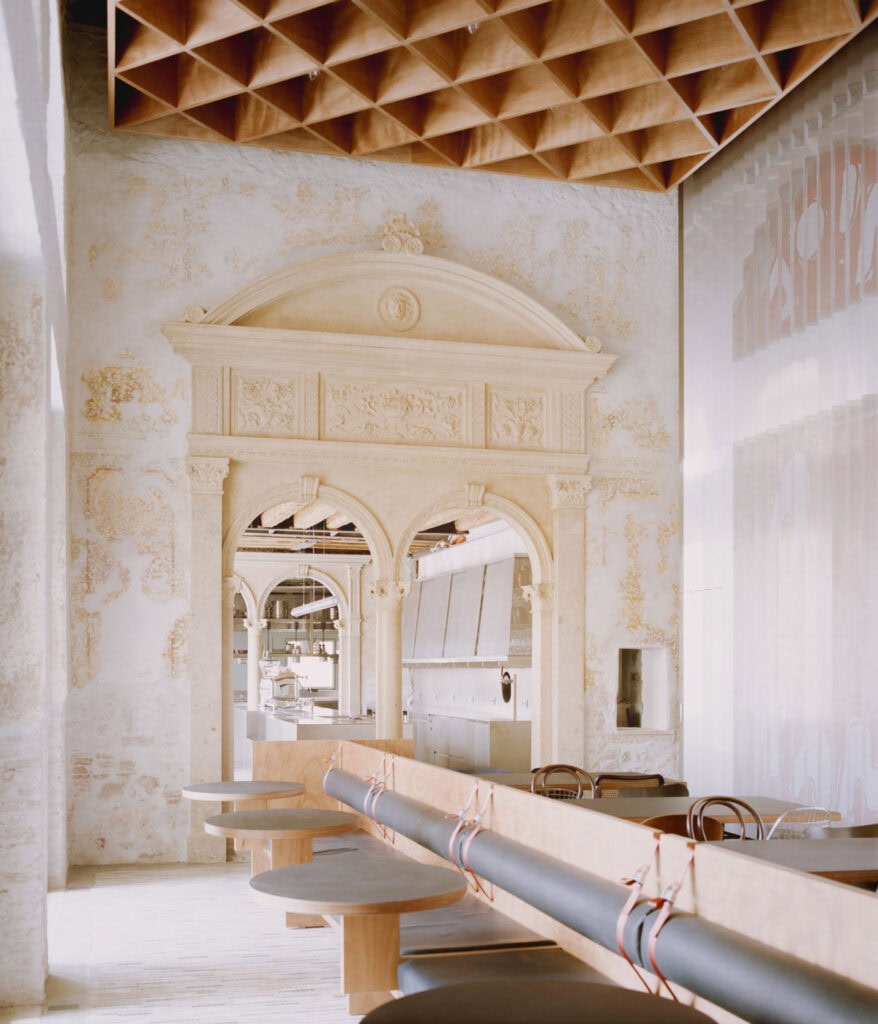
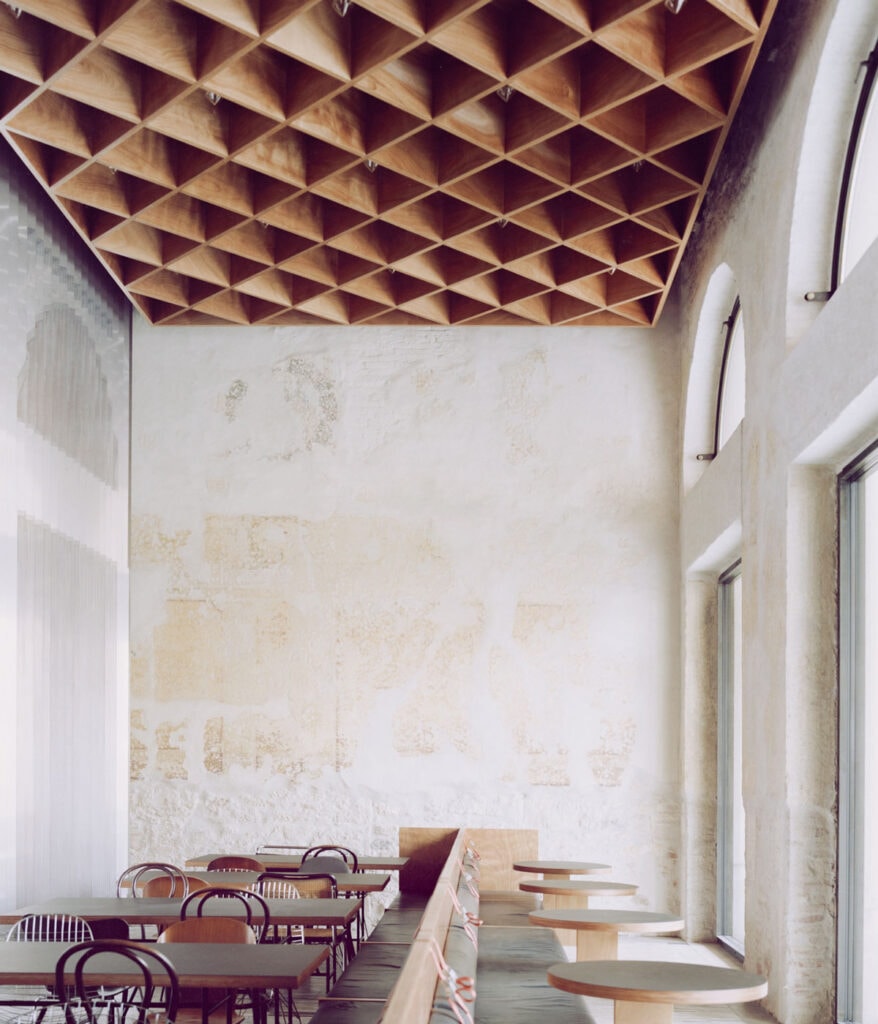

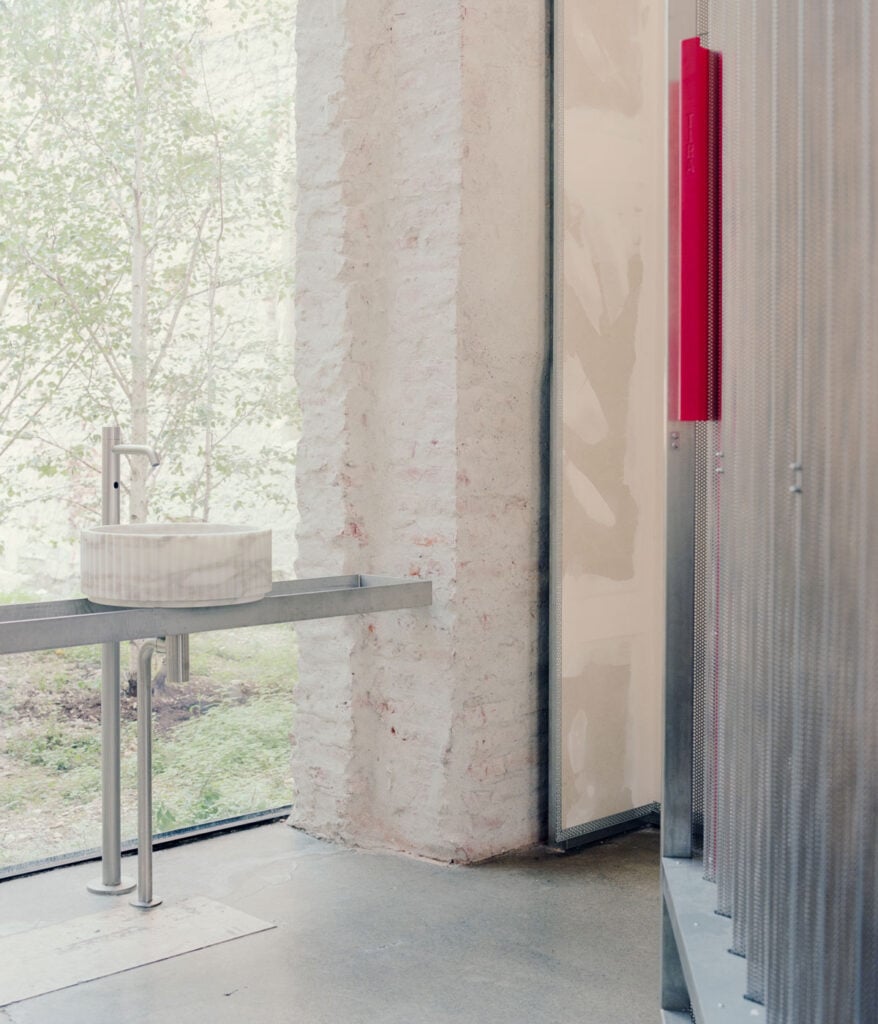
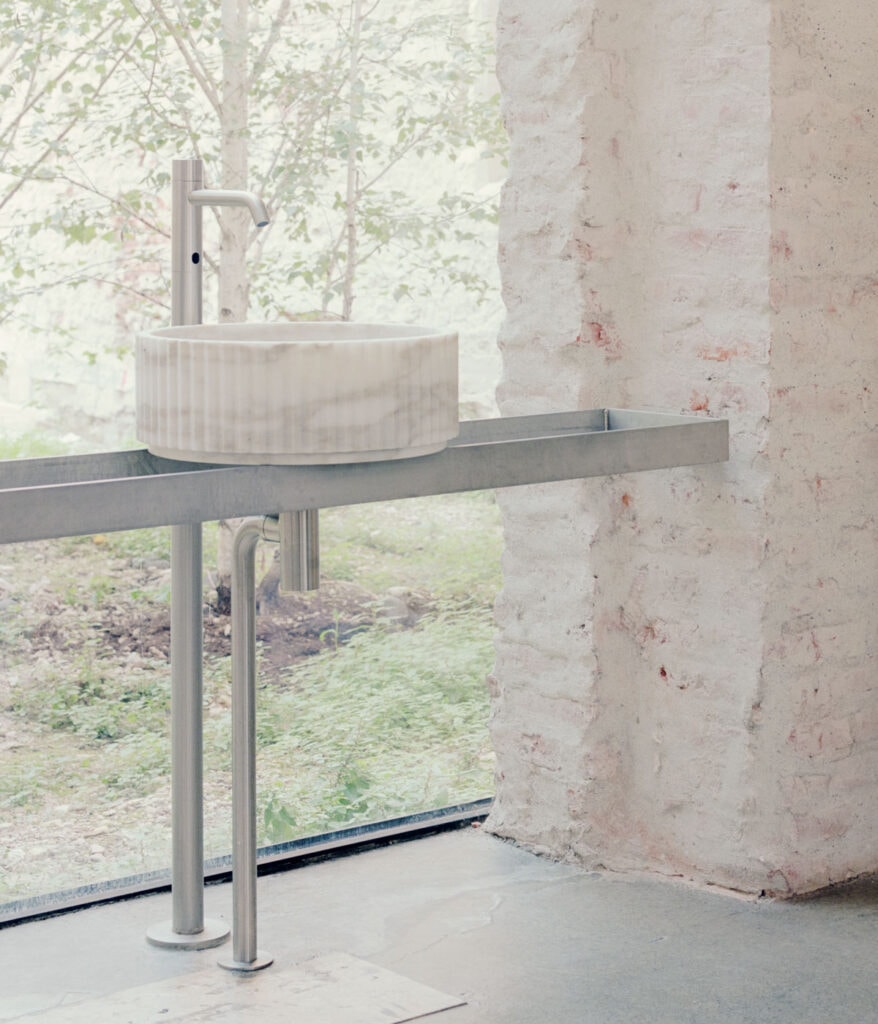

Through the portico of the 19th-century Town Hall, the public dimension of the square merges with that of the new Caffè Nazionale. The main hall, a vibrant palimpsest of memory fragments and original spatial devices, opens visual perspectives toward the rarefied natural landscape of the small inner courtyard. This is the first in a series of design strategies that AMAA implemented in the restoration of the historic Caffè Nazionale of Arzignano — an ambitious and complex intervention realized in the very city that already hosts some of their most important works.
An ideal axis crosses the entire project, allowing continuous views from outside to inside and vice versa, reinforcing the concept of stratification of memories, urban moments, and both ancient and contemporary materials. The project organizes a sequence of spaces, like stage sets, creating visual connections between square, portico, and main hall. Here, original scenographic devices guide the gaze towards the vestibule and ultimately the courtyard, defined as a birch garden.
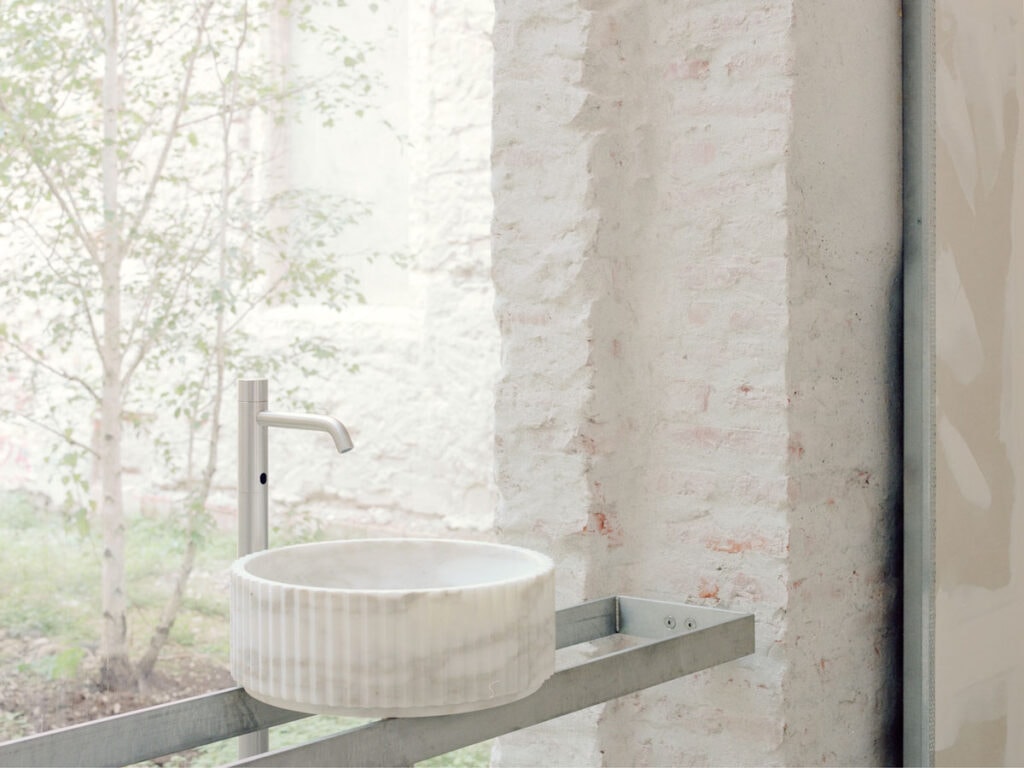
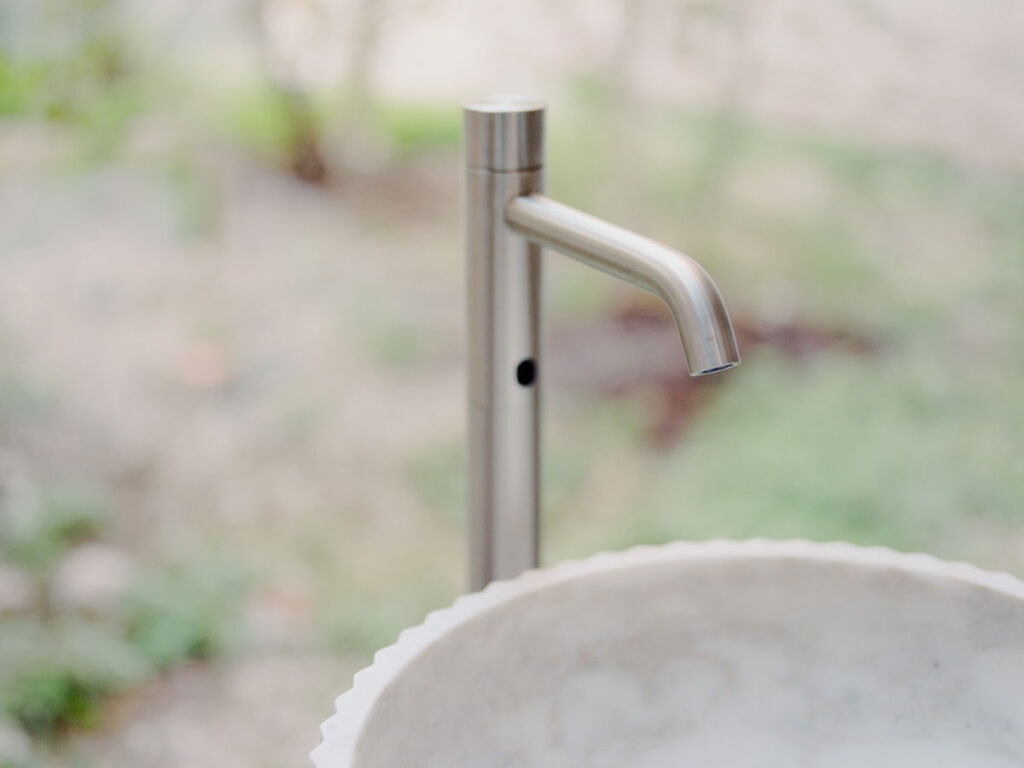

Access to the bar is located at the center of the porticoed wing of the palazzo, built in the second half of the 19th century on a design by architect Antonio Caregaro Negrin. In AMAA’s project, the entrance door is the only non-transparent closure facing the square. Made of burnished iron on a pivot, it takes on a diamond shape visible both outside and inside. Its handle is in green serpentine marble from Valmalenco, designed by artist Nero/Alessandro Neretti. To the left of the entrance, at the corner and the beginning of the portico, lies the fully open kitchen. A staircase between the bar and the kitchen leads to the upper dining room. On the right, one enters the main hall, where fragments of different historical interventions coexist.
This space revolves around the theme of stage backdrops, amplifying the idea of passage already suggested by the entrance. Historical traces suggest an almost indefinite depth, emphasized by a wall conceived as a curtain, made of folded and perforated stainless-steel sheets. The wall’s transparencies reveal, almost illusively, the shapes of large arches opening toward the courtyard.
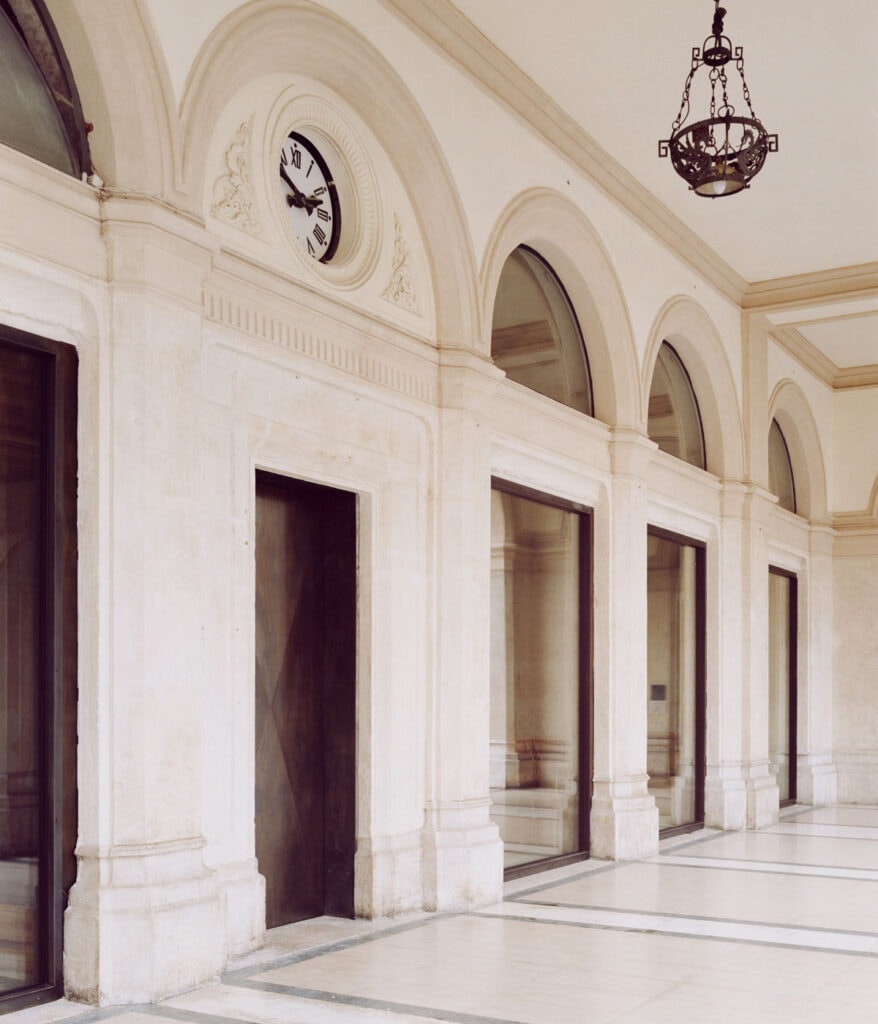


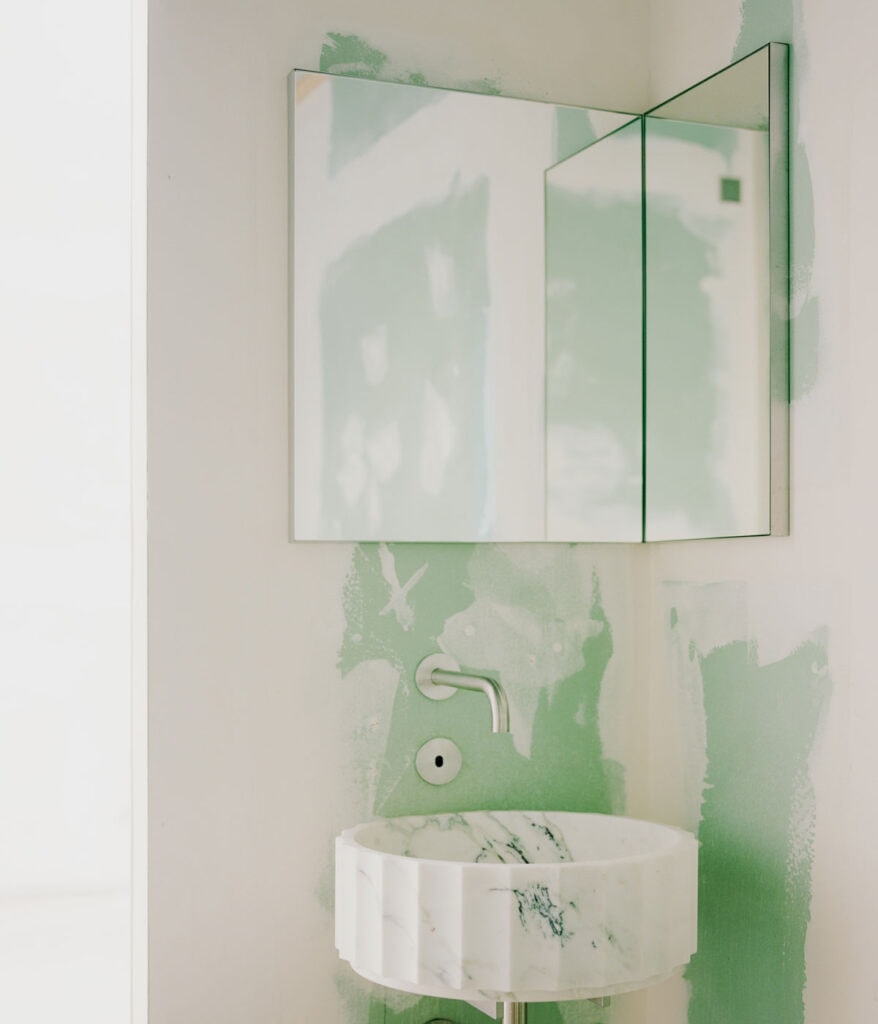
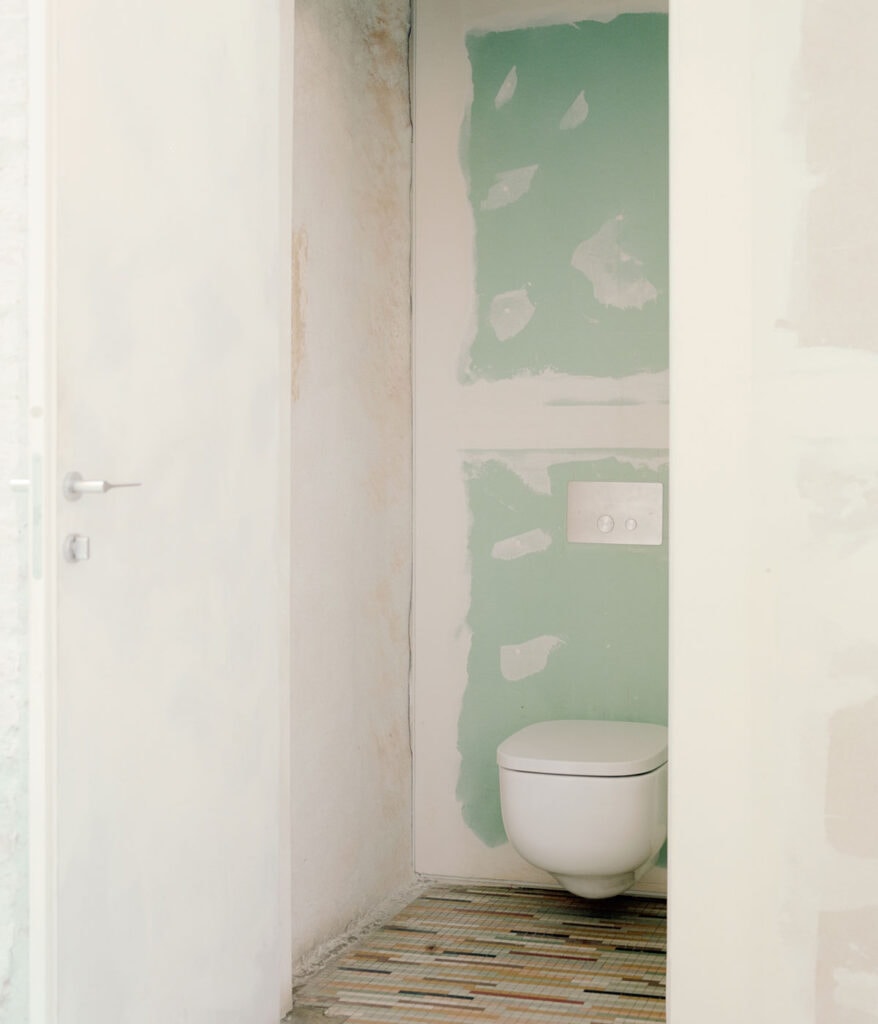

Caffè Nazionale is furnished with an integrated system of tables and wooden benches, designed by AMAA in collaboration with Nero/Alessandro Neretti and developed through full-scale mock-ups. In the main hall, inner seating is paired with larger rectangular tables, better suited for dining, while small round tables are oriented towards the square and extend outdoors in front of the bar. The benches draw inspiration from New York subway seating as well as the work of Donald Judd.
The interplay between preserved historical elements and newly designed interventions is present throughout the café, along with deliberately unfinished episodes that testify to an idea of openness. In these fragments, the temporality of construction seems almost suspended. Eighteen months of work resulted in a delicate and complex project through which AMAA has given new light and vitality to a piece of Arzignano’s history.
The bathroom, concealed behind a curtain of expanded steel sheet, is the space where this deliberate sense of incompleteness becomes most evident: here, the Sense series is installed, the collection with that features an infrared presence-detection system. In addition to the tapware, a custom-made ground-connected syphon was studied specifically for the project.
The project embraces the themes at the core of AMAA’s ongoing research: a dense space of overlapping occasions layered as deeply as the memory of the place itself. The restoration of decorated surfaces, revealed beneath technical partitions added over decades, reflects the intent to preserve what has reached us in its worn and sometimes compromised state: consolidation acknowledges the passage of time and enriches the rooms with a raw, imperfect materiality linked to the idea of the unfinished and of continuous evolution. Likewise, the new partitions for services and technical rooms reveal rather than conceal their construction process, stopping at the moment when each element remains legible and does not simulate another meaning.


